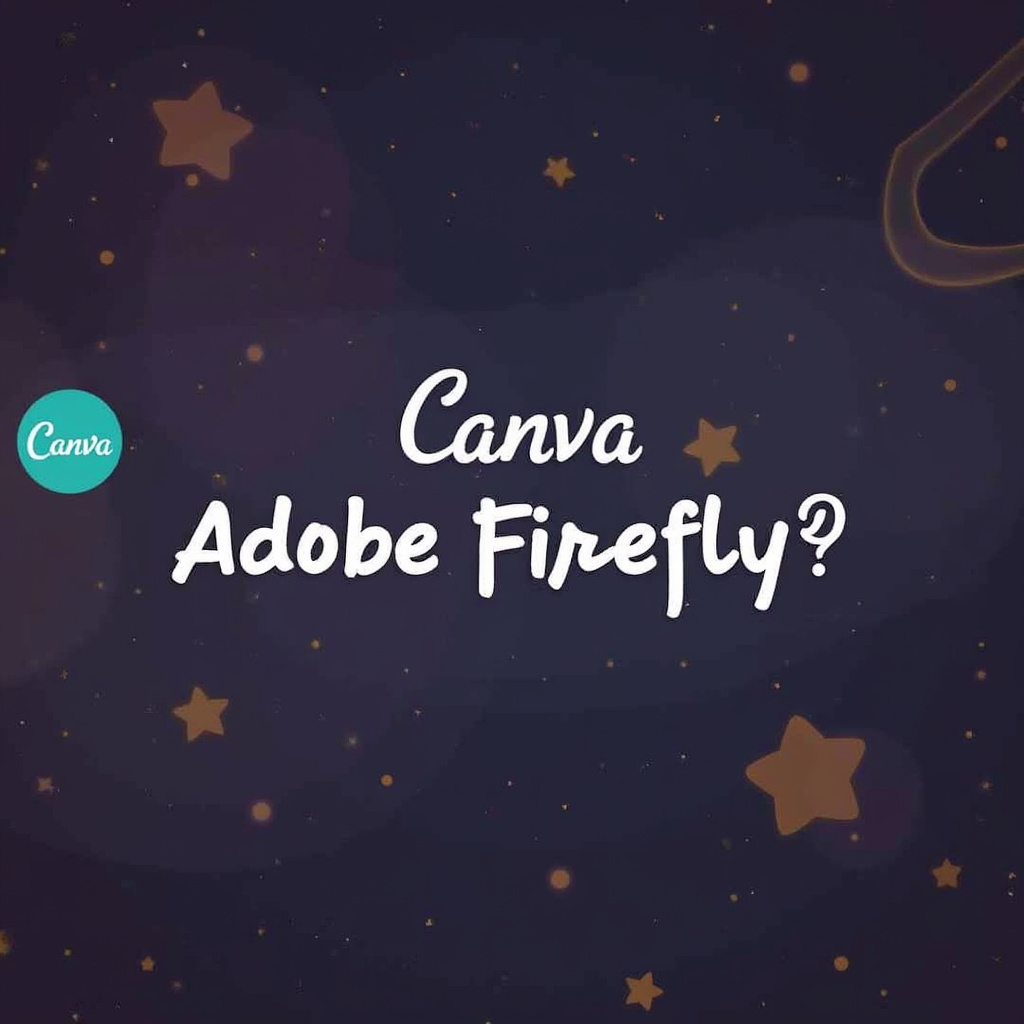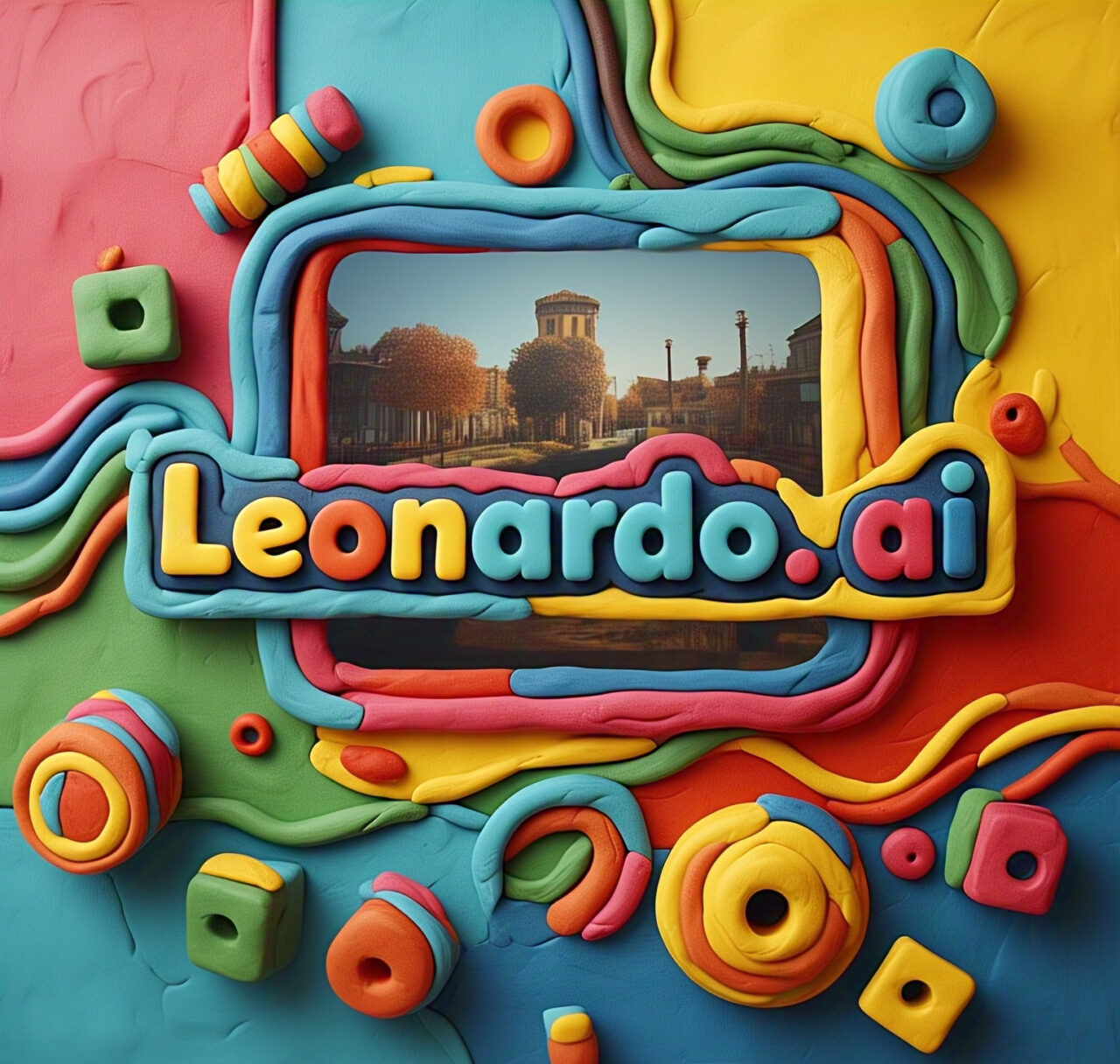Canva AI vs Adobe Firefly: Which Integrates Better for Designers?

Introduction
In the fast-evolving world of design, tools that harness artificial intelligence are becoming increasingly popular. Two of the most talked-about platforms in this realm are Canva AI and Adobe Firefly. Both offer unique features aimed at enhancing the creative process for designers. But how do they compare in terms of integration and user experience? Let’s dive deeper to find out which one stands out for designers.
What is Canva AI?
Canva is a well-known graphic design tool that has integrated AI features to help users create stunning visuals effortlessly. With Canva AI, users can utilize tools like Magic Write, which generates text content, and Magic Design, which suggests layouts and designs based on user inputs. This makes it a great option for beginners and professionals alike.
What is Adobe Firefly?
Adobe Firefly is Adobe’s foray into AI-driven design tools. It focuses on generating creative assets like images, videos, and audio with the help of machine learning. Firefly aims to make the design process faster and more intuitive, allowing users to concentrate on their creative vision rather than getting bogged down by technical details.
Integration with Existing Design Workflows
One of the most critical aspects for designers when choosing a tool is how well it integrates with their existing workflows. Let’s look at how Canva AI and Adobe Firefly stack up in this regard.
Canva AI Integration
- Easy to Use: Canva’s user-friendly interface means that even those with minimal design experience can jump right in.
- Templates and Assets: Canva provides a vast library of templates and design elements, making it easy to find resources that fit your project.
- Collaboration Tools: Canva allows multiple users to collaborate in real-time, which is ideal for teams working on design projects.
Adobe Firefly Integration
- Advanced Features: Firefly offers sophisticated tools that professionals may find beneficial, such as detailed image generation and customization options.
- Compatibility with Adobe Suite: If you’re already using Adobe products like Photoshop or Illustrator, Firefly integrates seamlessly, enhancing your workflow.
- Learning Curve: While powerful, Adobe tools often come with a steeper learning curve, which may slow down new users initially.
Cost Considerations
When choosing between Canva AI and Adobe Firefly, cost can be a deciding factor. Canva offers a free version with basic features, making it accessible for casual users and small businesses. The Pro version unlocks advanced tools and assets for a monthly fee.
Adobe Firefly, on the other hand, may require a subscription to Adobe Creative Cloud, which can be more expensive. However, this cost can be justified for professionals who already rely on Adobe’s suite of tools.
User Experience and Support
User experience plays a vital role in determining which platform is right for you. Canva is often praised for its intuitive design and ease of navigation. The platform offers a wealth of tutorials and community support, making it easy for users to get help when they need it.
Adobe Firefly, while powerful, may require more time to master. However, Adobe provides extensive resources and support for users, including forums, tutorials, and customer service, which can be beneficial for those willing to invest the time.
Final Thoughts
Ultimately, the choice between Canva AI and Adobe Firefly comes down to individual needs and preferences. If you are looking for a straightforward, user-friendly design tool that allows for easy collaboration and quick project turnaround, Canva AI may be the better option for you.
On the other hand, if you are a professional designer seeking advanced creative capabilities and already utilize Adobe products, Adobe Firefly could be worth the investment. Both tools have their strengths, so weigh your options carefully to find the best fit for your design journey.




